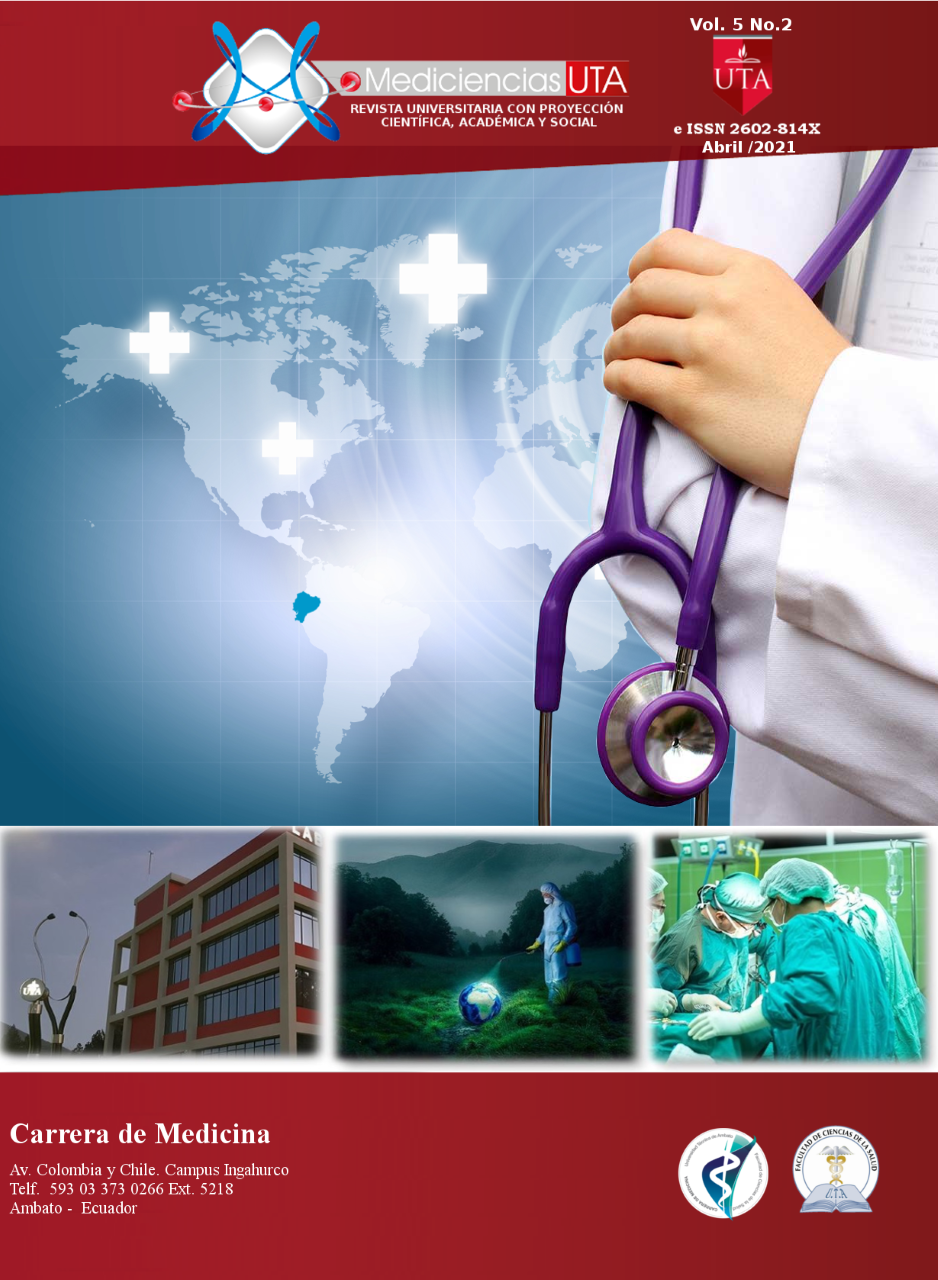Environmental monitoring of saturated air concentration and PM2.5 particles for the prevention of Occupational Health in the City of Potosí at 4000m.a.s.l.
Main Article Content
Abstract
Introduction: Since 2019, with the discovery of the new SARS-CoV-2 pandemic, known as COVID-19 (coronavirus), the world's population has undergone different processes of isolation and/or quarantine by the total unknownness of this pandemic. Scientists' knowledge went so far as to mention that this virus can produce mild pictures such as: the common cold or severe tables, as is the case with Middle East Respiratory Syndrome (MERS) virus, SARS-CoV-1 and SARS-CoV-2, which cause coronavirus disease (CDC, 2020). Although this virus is known as a potentially serious respiratory disease, discovered in Wuhan City, Hubei Province, China, in late 2019. Since then, it has spread throughout all regions of the globe where at the end of January 2020, the World Health Organization (WHO) declared the outbreak an international public health emergency. This is how many countries and cities have demonstrated the great lethality of this pandemic, where its form of contagion is very different between each region of the planet, due to the culture of the current society in which we live.
Objective: Develop environmental monitoring of the concentration of saturated air and PM2.5 particles for the prevention of Occupational Health in the City of Potosí at 4000m.s.n.m.
Material and methods: Applied research, an explanatory, experimental and prospective study was carried out for the environmental monitoring of saturated air concentration and PM2.5 particles for the prevention of Occupational Health in the City of Potosí at 4000m.s.n.m.
Results: The results show that the high environmental risk of health personnel, considering that climate comfort environments are in the range of 45% to 70%, quantitatively showing that levels are higher than this, where the risk of COVID-19 contagion is higher.
Conclusions: Densely concentrated or saturated air clouds are a major vector that has a high probability of transporting and hosting the SARS Cov 2 virus by this airway. Within the health facilities the most at risk are the dental and emergency environments, in these areas the lack of extractors and ventilation mechanisms are very low. Outbreaks are much more vulnerable where overcrowding of people is dense at peak times, leading to an increased risk for the virus to be transmitted through aerosols generated in these environments. Symptomatic people mainly transmit COVID-19 disease, but on the other hand, those who are about to develop symptoms are also vectors of spread of the virus. Evidence from this study shows that people who never develop symptoms may also spread the virus to others, this is because the transport of air clouds can adhere to clothing and/or the biological system and then be expelled with the temperature difference to other areas where people are vulnerable to contracting COVID-19 symptomatology.



